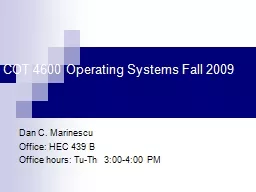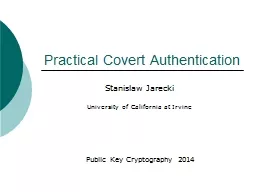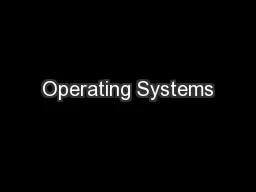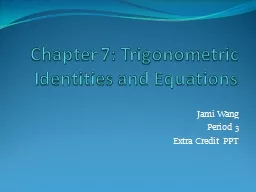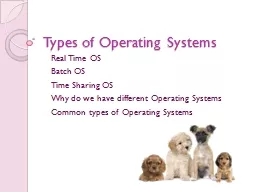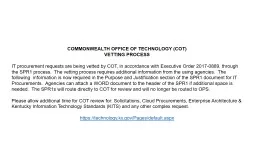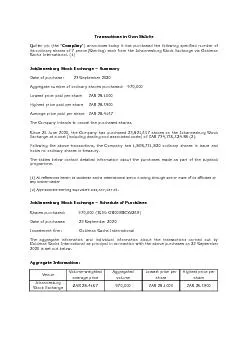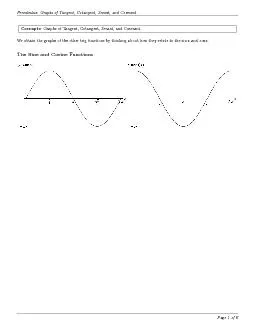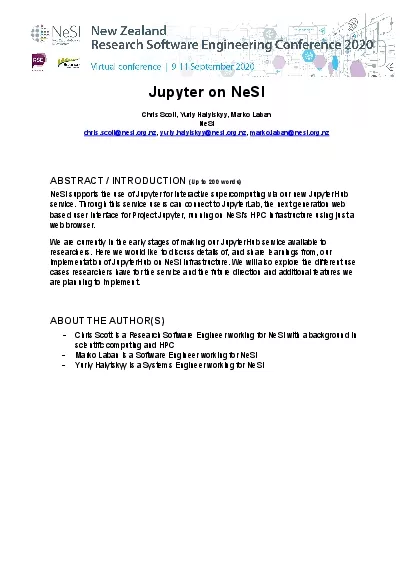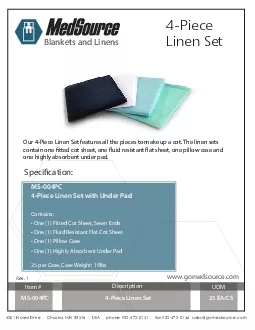PPT-COT 4600 Operating Systems Fall 2009
Author : tatyana-admore | Published Date : 2017-07-28
Dan C Marinescu Office HEC 439 B Office hours TuTh 300400 PM 2 2 2 2 2 2 Lecture 24 Attention project phase 4 due Tuesday November 24 Final exam Thursday December
Presentation Embed Code
Download Presentation
Download Presentation The PPT/PDF document "COT 4600 Operating Systems Fall 2009" is the property of its rightful owner. Permission is granted to download and print the materials on this website for personal, non-commercial use only, and to display it on your personal computer provided you do not modify the materials and that you retain all copyright notices contained in the materials. By downloading content from our website, you accept the terms of this agreement.
COT 4600 Operating Systems Fall 2009: Transcript
Download Rules Of Document
"COT 4600 Operating Systems Fall 2009"The content belongs to its owner. You may download and print it for personal use, without modification, and keep all copyright notices. By downloading, you agree to these terms.
Related Documents

